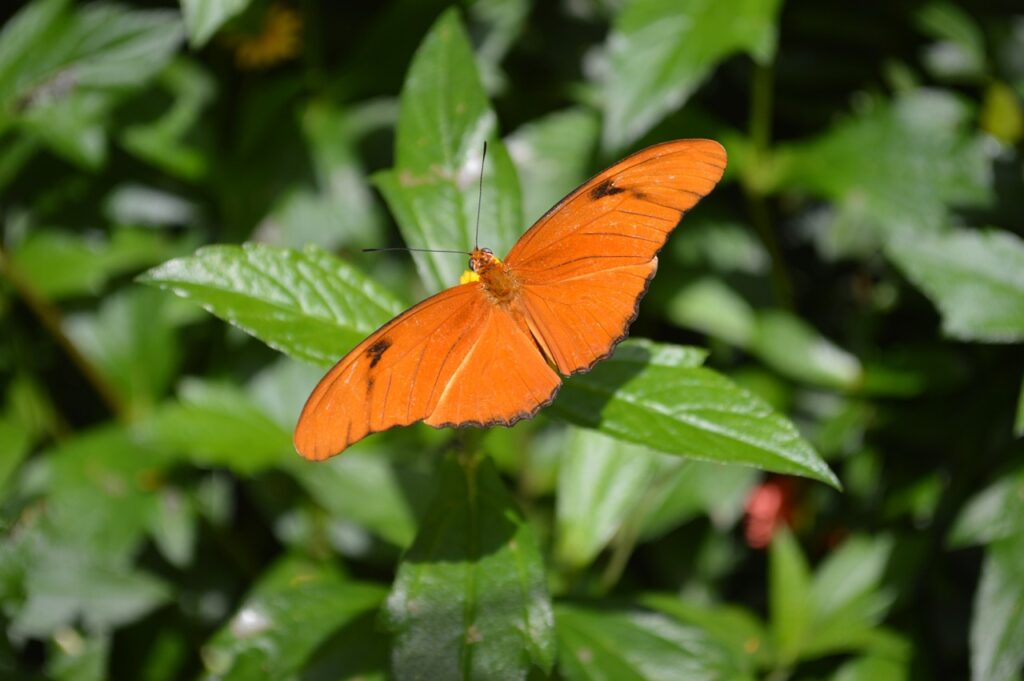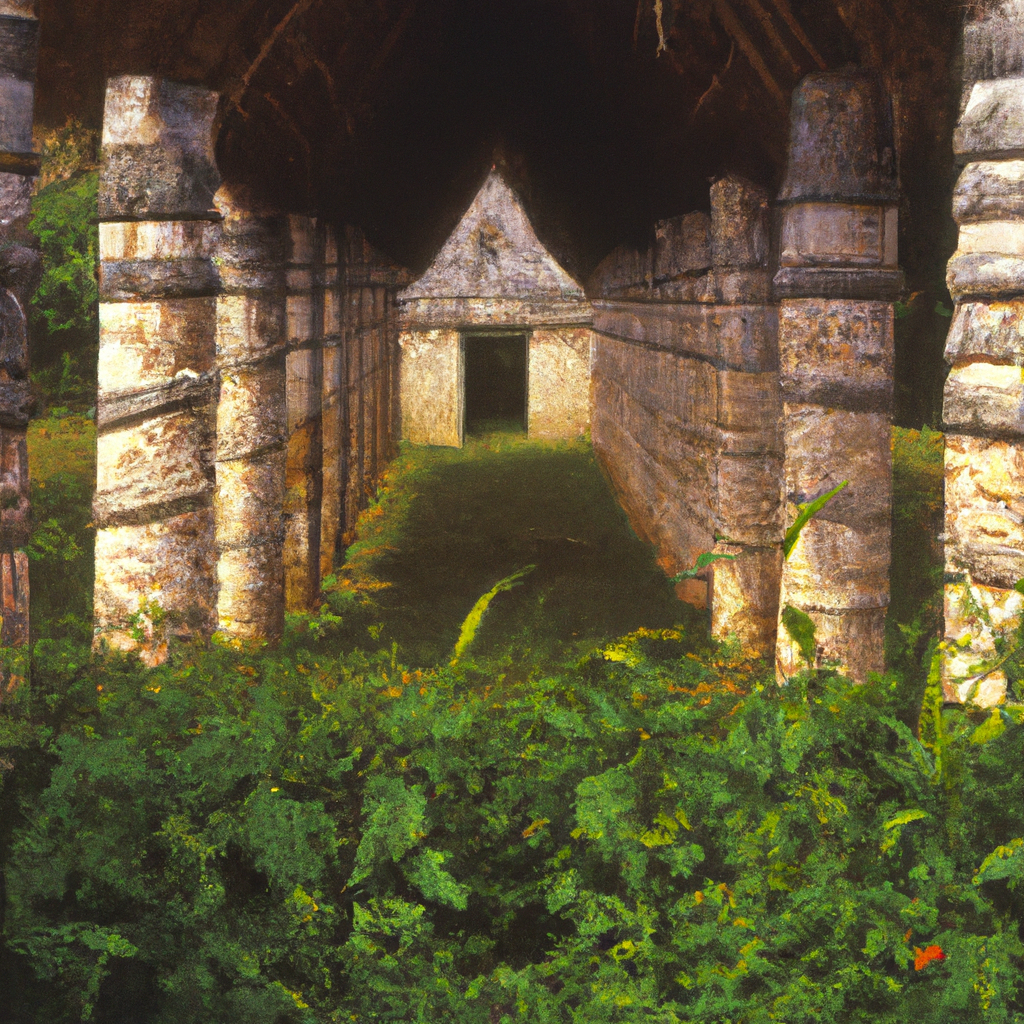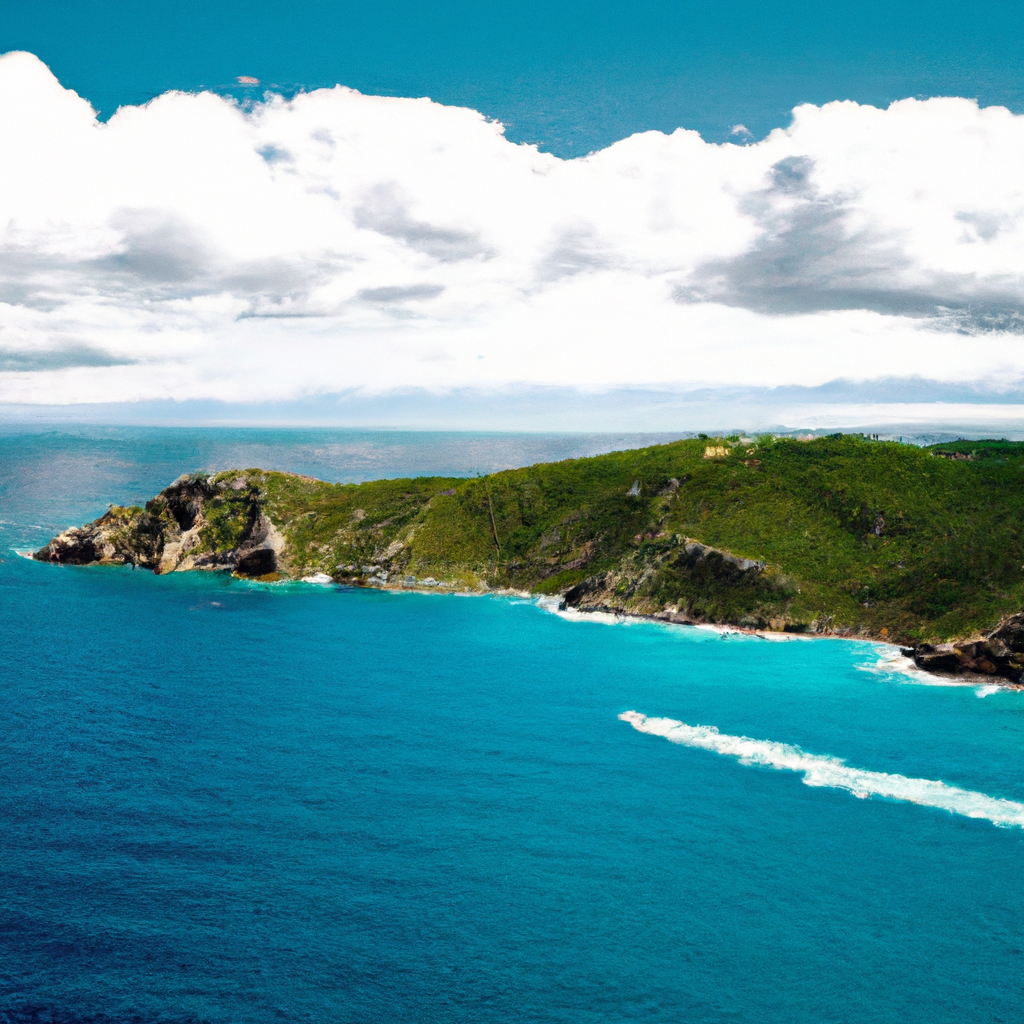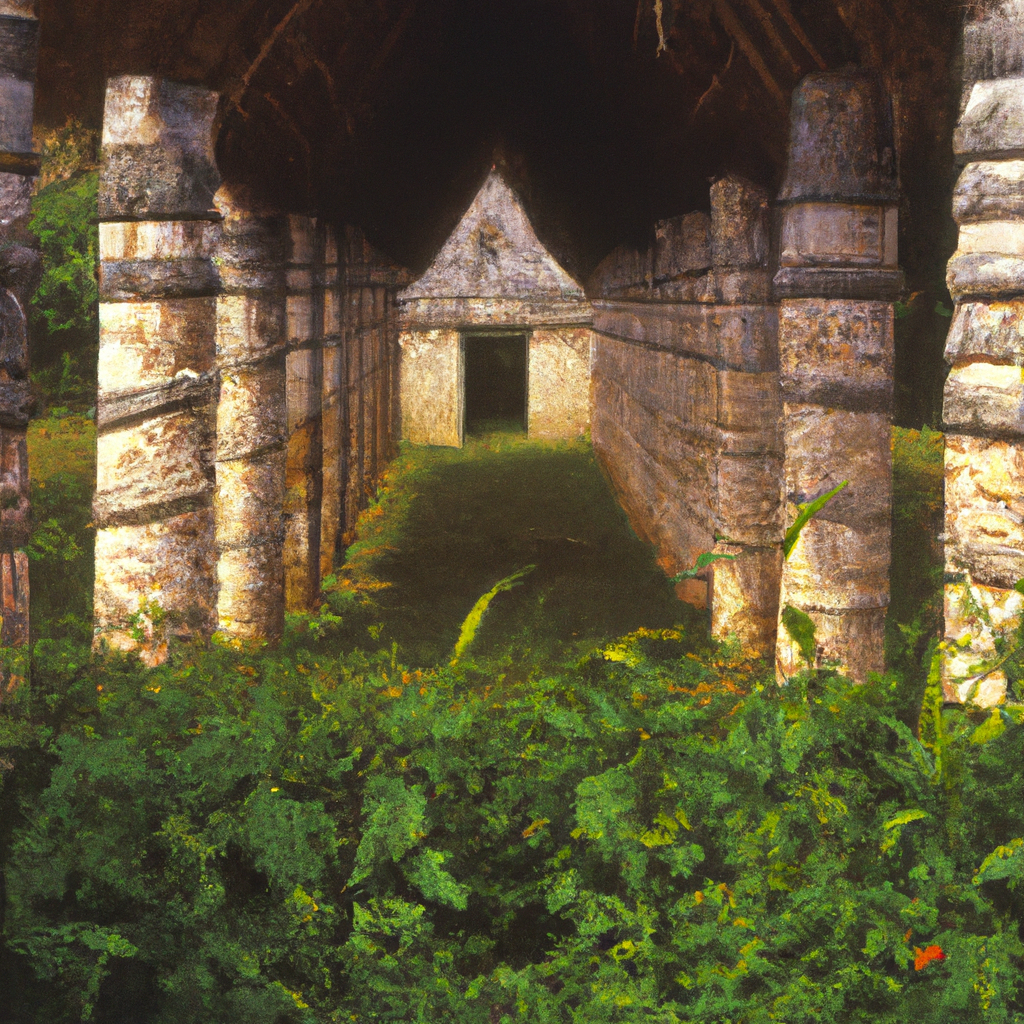Mexico is known for its breathtaking natural beauty, and nowhere is this more evident than in its UNESCO Biosphere Reserves. These reserves, scattered throughout the country, are carefully protected areas that showcase Mexico’s diverse ecosystems and stunning landscapes. From the vibrant coral reefs of the Sian Ka’an Biosphere Reserve to the ancient forests of the Sierra Gorda Biosphere Reserve, each of these protected areas is a testament to the country’s commitment to preserving its natural wonders. In this article, we will explore some of the most enchanting biosphere reserves in Mexico and discover the efforts being made to ensure their continued preservation.
Overview of Mexico’s UNESCO Biosphere Reserves
Mexico is home to a remarkable collection of UNESCO Biosphere Reserves, each one preserving the enchanting beauty of its unique landscapes and diverse ecosystems. These reserves are designated areas that aim to conserve the natural and cultural heritage of our country, while promoting sustainable development and fostering biodiversity conservation. The UNESCO designation brings international recognition and support, allowing for increased conservation efforts and collaboration with other nations.
Currently, Mexico boasts 41 UNESCO Biosphere Reserves, each located in a distinct region of the country. These reserves span a wide range of ecosystems, including forests, wetlands, deserts, and coastal areas. They serve as havens for an incredible array of plant and animal species, many of which are threatened or endangered. The preservation of these reserves is crucial for maintaining the ecological balance and preserving Mexico’s natural heritage for future generations.
Biodiversity and Ecological Significance
The richness of flora and fauna within Mexico’s UNESCO Biosphere Reserves is truly astounding. These reserves house an astonishing number of species, many of which are found nowhere else in the world. From Mexico’s tropical rainforests to its vast deserts, the biodiversity found within these reserves is a testament to the country’s ecological significance.
Notably, these reserves play a crucial role in the protection of threatened and endangered species. Some examples include the jaguar in Calakmul, the vaquita porpoise in the Upper Gulf of California, and the monarch butterfly in the Monarch Butterfly Biosphere Reserve. By providing protected habitats and implementing conservation measures, these reserves are essential in safeguarding these iconic and vulnerable species.
Moreover, Mexico’s UNESCO Biosphere Reserves showcase unique ecological features that contribute to their enchanting beauty. From the vibrant coral reefs of the Banco Chinchorro Biosphere Reserve to the ancient cypress trees of the Montes Azules Biosphere Reserve, these reserves offer unparalleled natural wonders and serve as living laboratories for scientific research and ecological studies.

Conservation Strategies and Initiatives
The creation and management of Mexico’s UNESCO Biosphere Reserves reflect the country’s commitment to conservation and sustainable development. Each reserve undergoes a rigorous process of designation, involving consultations with local communities, scientific research, and the development of management plans. These plans outline the objectives and strategies for preserving the reserve’s unique ecosystems while balancing the needs of local communities and economic development.
A key aspect of Mexico’s conservation strategy is the collaboration with indigenous communities. Recognizing their deep connection and traditional knowledge of the land, indigenous communities play a crucial role in the management of these reserves. Through their involvement, these communities contribute to the preservation of their cultural heritage and ensure sustainable practices that promote both conservation and their own well-being.
Research and monitoring programs also play a vital role in the conservation efforts of these reserves. By conducting scientific studies and gathering data on biodiversity, habitat health, and climate change impacts, researchers can better understand the ecological dynamics of these areas. This knowledge informs management decisions and helps guide conservation initiatives to protect the enchanting beauty of these reserves.
Sustainable Tourism and Visitor Management
The enchanting beauty of Mexico’s UNESCO Biosphere Reserves attracts visitors from around the world, creating both opportunities and challenges for conservation. Balancing tourism with conservation is a complex task, but with careful planning and responsible visitor management, it can be achieved.
Ecotourism offers a sustainable way to experience and appreciate the natural wonders of these reserves while supporting local communities and conservation efforts. Eco-lodges, guided nature tours, and educational programs provide visitors with unique experiences that promote environmental awareness and generate economic benefits for local communities.
Responsible visitor practices are essential for minimizing the impact on fragile ecosystems. This includes staying on designated trails, avoiding littering, respecting wildlife habitats, and following the guidance of park rangers and local guides. By being mindful of our actions as visitors, we can help preserve the enchanting beauty of these reserves for future generations.

Challenges and Threats to Preserving the Enchanting Beauty
While Mexico’s UNESCO Biosphere Reserves are dedicated to conservation, they face numerous challenges and threats that jeopardize their enchanting beauty. One of the greatest threats is deforestation and habitat loss, driven by unsustainable agriculture, logging, and urbanization. These activities disrupt ecosystems, displace wildlife, and contribute to the loss of biodiversity within these reserves.
Invasive species also pose a significant threat to the ecological integrity of these reserves. Introduced plant or animal species can outcompete native species, disrupt food chains, and alter the balance of ecosystems. Efforts to control and eradicate invasive species are crucial for preserving the enchanting beauty and ecological health of these reserves.
Illegal wildlife trade is yet another challenge that threatens the biodiversity within Mexico’s UNESCO Biosphere Reserves. Endangered species are often targeted for their valuable parts, such as ivory or skins, leading to population declines and ecosystem imbalances. Strengthening law enforcement efforts and raising public awareness are essential in combatting this illegal trade and protecting the enchanting wildlife of these reserves.
Climate Change and its Impact
Climate change presents a significant threat to the enchanting beauty and ecological health of Mexico’s UNESCO Biosphere Reserves. Rising temperatures and changing rainfall patterns can disrupt ecosystems, alter species distributions, and increase the vulnerability of wildlife and habitats within these reserves.
Ocean acidification, driven by increasing carbon dioxide emissions, poses a particular threat to coral reefs found in reserves such as Banco Chinchorro. This process weakens coral structures and inhibits the ability of reefs to support diverse marine life. Protecting these vital ecosystems and reducing greenhouse gas emissions are crucial steps in mitigating the impact of climate change on the enchanting beauty of these reserves.
Adaptation and mitigation strategies are being implemented to address the challenges posed by climate change. This includes reforestation projects, sustainable agriculture practices, and the promotion of renewable energy sources. By reducing our carbon footprint and implementing climate-smart solutions, we can safeguard the enchanting beauty of these reserves for future generations.

Success Stories and Best Practices
Despite the challenges, Mexico’s UNESCO Biosphere Reserves have seen remarkable success stories and the implementation of best practices in conservation. Restoration and reforestation efforts have been instrumental in recovering degraded habitats and protecting endangered species. For example, in the Calakmul Biosphere Reserve, reforestation projects have successfully increased jaguar populations and restored vital ecosystems.
Community-led conservation projects have also played a pivotal role. Empowering local communities to participate in conservation efforts enhances the sustainability of these reserves and promotes the preservation of cultural heritage. These projects often involve sustainable livelihood initiatives and the integration of traditional ecological knowledge, ensuring that local communities are active stakeholders in the conservation of their enchanting landscapes.
Additionally, public awareness and education programs have been effective in fostering a sense of responsibility and care for these reserves. By engaging the public and raising awareness about the importance of biodiversity and sustainable conservation practices, we can encourage a collective effort to protect the enchanting beauty of these reserves.
International Cooperation and Funding
Preserving the enchanting beauty of Mexico’s UNESCO Biosphere Reserves requires international cooperation and financial support. Collaboration with UNESCO and other nations allows for knowledge sharing, technical assistance, and the implementation of best practices in conservation. Through bilateral and multilateral partnerships, Mexico can tap into global expertise and resources to address conservation challenges effectively.
Financial support is crucial to fund the various conservation projects and initiatives within these reserves. This support can come from government agencies, non-governmental organizations, and philanthropic foundations. With adequate funding, these reserves can implement sustainable management practices, support local communities, and undertake research and monitoring programs that contribute to the long-term preservation of their enchanting beauty.
Role of Local Communities and Indigenous Knowledge
Local communities and their traditional ecological knowledge are invaluable in the preservation of the enchanting beauty of Mexico’s UNESCO Biosphere Reserves. Traditional ecological knowledge encompasses the wisdom and practices developed over generations, which provide unique insights into the relationships between people and their environment.
By integrating traditional knowledge into conservation strategies, local communities can contribute to sustainable resource management and biodiversity conservation. Their deep understanding of the land, wildlife, and ecosystems guides decision-making processes and enhances the effectiveness of conservation efforts. Engaging and empowering local communities is key to ensuring the long-term preservation of the enchanting beauty of these reserves.
Future Prospects and Challenges
Looking ahead, expanding the network of biosphere reserves is essential for preserving the enchanting beauty of Mexico’s diverse landscapes. Identifying and designating new areas, particularly those facing intense environmental threats, will enhance the protection of ecosystems and support sustainable development goals. Strengthening conservation policies and legislation is necessary to address emerging challenges and ensure the sustainable management of these reserves.
Another crucial aspect is the integration of conservation and sustainable development practices for poverty alleviation. By promoting sustainable livelihoods and providing economic opportunities that align with conservation goals, these reserves can contribute to the well-being of local communities and foster long-term stewardship.
Preserving the enchanting beauty of Mexico’s UNESCO Biosphere Reserves is a collective responsibility. Through international cooperation, financial support, community engagement, and sustainable practices, we can safeguard these invaluable treasures for generations to come. By protecting these reserves, we not only preserve Mexico’s natural heritage but also contribute to the global effort to combat biodiversity loss and climate change. Let us treasure and protect the enchantment that lies within these remarkable reserves, ensuring a vibrant and sustainable future for all.
